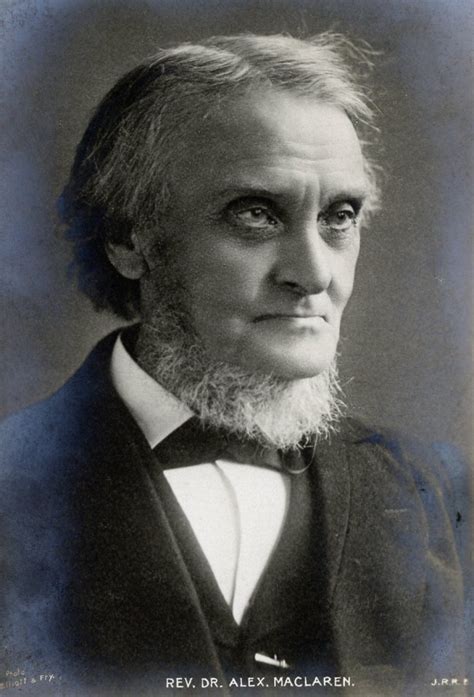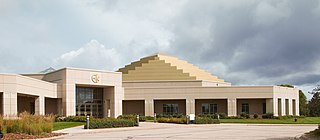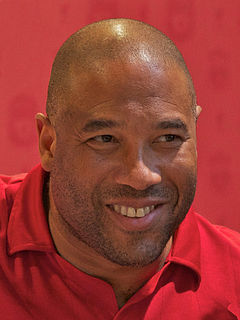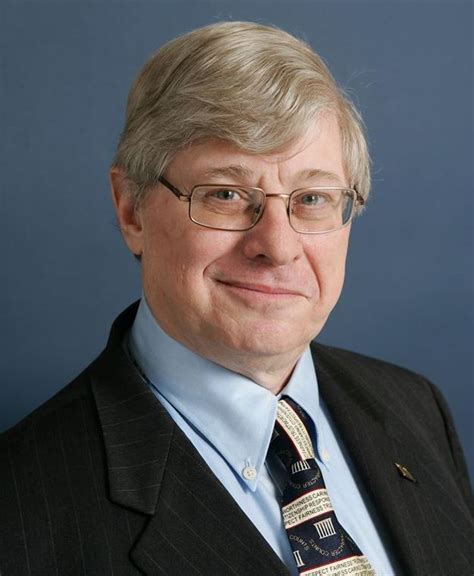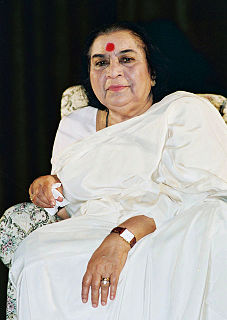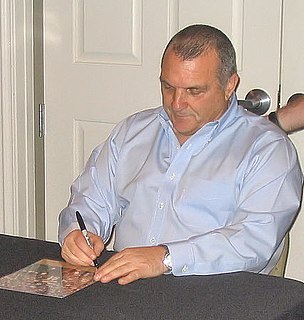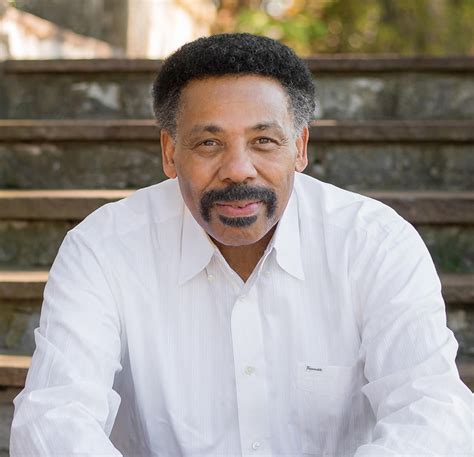Top 19 Quotes & Sayings by Fred Ritchin
Explore popular quotes and sayings by Fred Ritchin.
Last updated on December 22, 2024.
What does a professional photojournalist do that others cannot? Depicting photo opportunities as if they are authentic, covering press conferences, or making subjects play their assigned roles (the poor as passive victims, celebrities as glamorous) are hardly adequate responses. In fact, these might be reasons to ask for the help of amateurs who do not know how to stylize their imagery and are not interested in making a publication seem more palatable to its potential consumers.
The decisive moment, the popular Henri Cartier-Bresson approach to photography in which a scene is stopped and depicted at a certain point of high visual drama, is now possible to achieve at any time. One's photographs, years later, may be retroactively rephotographed by repositioning the photographer or the subject of the photograph, or by adding elements that were never there before but now are made to exist concurrently in a newly elastic sense of space and time.
Photojournalism has become a hybrid enterprise of amateurs and professionals, along with surveillance cameras, Google Street Views, and other sources. What is underrepresented are those "metaphotographers" who can make sense of the billions of images being made and can provide context and authenticate them. We need curators to filter this overabundance more than we need new legions of photographers.
The inherent non-linearity of the digital allows for more input from others, including the subject and reader as collaborators. The top-down, bedtime-style story is of limited use. A non-linear narrative that allows for increased complexity and depth, and encourages both subject and reader to have greater involvement, will eventually emerge more fully from the digital environment. This, in a sense, is the more profound democratization of media.
In fact, the new malleability of the image may eventually lead to a profound undermining of photography's status as an inherently truthful pictorial form... If even a minimal confidence in photography does not survive, it is questionable whether many pictures will have meaning anymore, not only as symbols but as evidence.
I always believed that photography was subjective, interpretive and certainly did not represent the truth, but I did think that its status as a societal and historical referent needed to be both safeguarded and illuminated....now photojournalism is devolving into yet another medium perceived as intending to shock, titillate, sell, distort.


